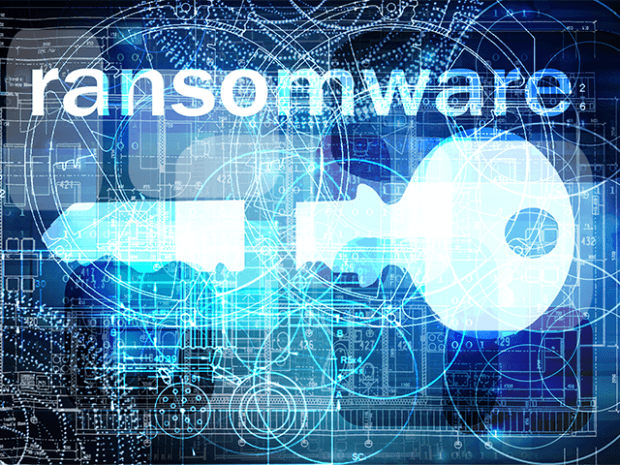
Talk Security: Drupal Sites Compromised in October
Drupal warns customers that they should assume their sites are compromised unless they installed an update from mid-October within hours of the release.
220 articles

Drupal warns customers that they should assume their sites are compromised unless they installed an update from mid-October within hours of the release.

Antivirus protection is often perceived as a process of simply blocking what is bad. However, it’s as much a process of approving what is good.

The recent developments with “big bugs” such as Heartbleed and Shellshock created a global security strain, with many questions emerging. Both bugs were open-source software-related, but indirectly they would constitute a threat to Windows-based infrastructure. In this post we review a few scenarios of an attack on mostly Windows-based network with Linux servers at certain points.

Hacking and espionage are hardly crimes for the secret service, but rather are a part of their everyday work. But imagine what could happen if their tools end up in wrong hands.

It’s been years since we’ve last heard of any large worm epidemics. Does it really mean that malware epidemics have gone away for good?

Like it or not, your children are going to be on the web. Kaspersky’s award-winning parental controls let you monitor their activity and block them from any sites that you choose.

A curious story about a cyber-investigation of fraudulent activities, which our GERT group had recently conducted on behalf of one of the company’s clients. The attackers were quite thoughtful, but not good enough.

Malvertising is an ambiguous term referring to malicious online advertisements; some cause malware infection while others track user behavior.

Expert reviewers are declaring KIS 2015 the best version yet, and one of the best AV products on the market.

Malware using Tor for communication with C&C servers is a novelty; it may not make the malware itself more dangerous, but eradicating it becomes a much more serious problem.

According to a recent Kaspersky Lab and B2B International survey, 21% manufacturing businesses lost their intellectual property to security breaches. In most cases malware was the cause, although other problems were named.

Kaspersky Lab has just released a new report on the evolution of threats in Q2. Banking Trojans grow in numbers (and the level of danger they pose), while Russia remains the most malware-attacked country.

In the news: Microsoft’s No-IP takedown fiasco, Chinese APT groups curious about U.S. Iraq policy, Verizon says the government wants locations data, and Microsoft denies backdoor insinuations.

The same code base of Windows for various devices means also that the same malware can hypothetically attack all of them.

A new version of file-encrypting malware hides its sever inside an anonymous TOR network, making it safer for criminals to extort money from victims.

“Trojan” in computing is a misleading shortening from the self-descriptive “Trojan horse”, the ubiquitous and probably the most dangerous sort of malware.

The list of highly touted devices that have been launched in recent years with embarrassing flaws – security and otherwise – is long and distinguished.

We hear a lot about so-called MITM attacks, but what is it in a nutshell? Let’s look at the “layman” explanation.

A Brazilian cybercriminal scam targeting a popular payment method known as Boletos is costing that country billions. How can you protect yourself?

Criminals invented Cryptolocker, spying malware and Zeus banking Trojan. We have new protection against them.

Microsoft moves against a malware-supporting webhosting company, NoIP, causing collateral damage in the process. The Miniduke APT campaign returns.